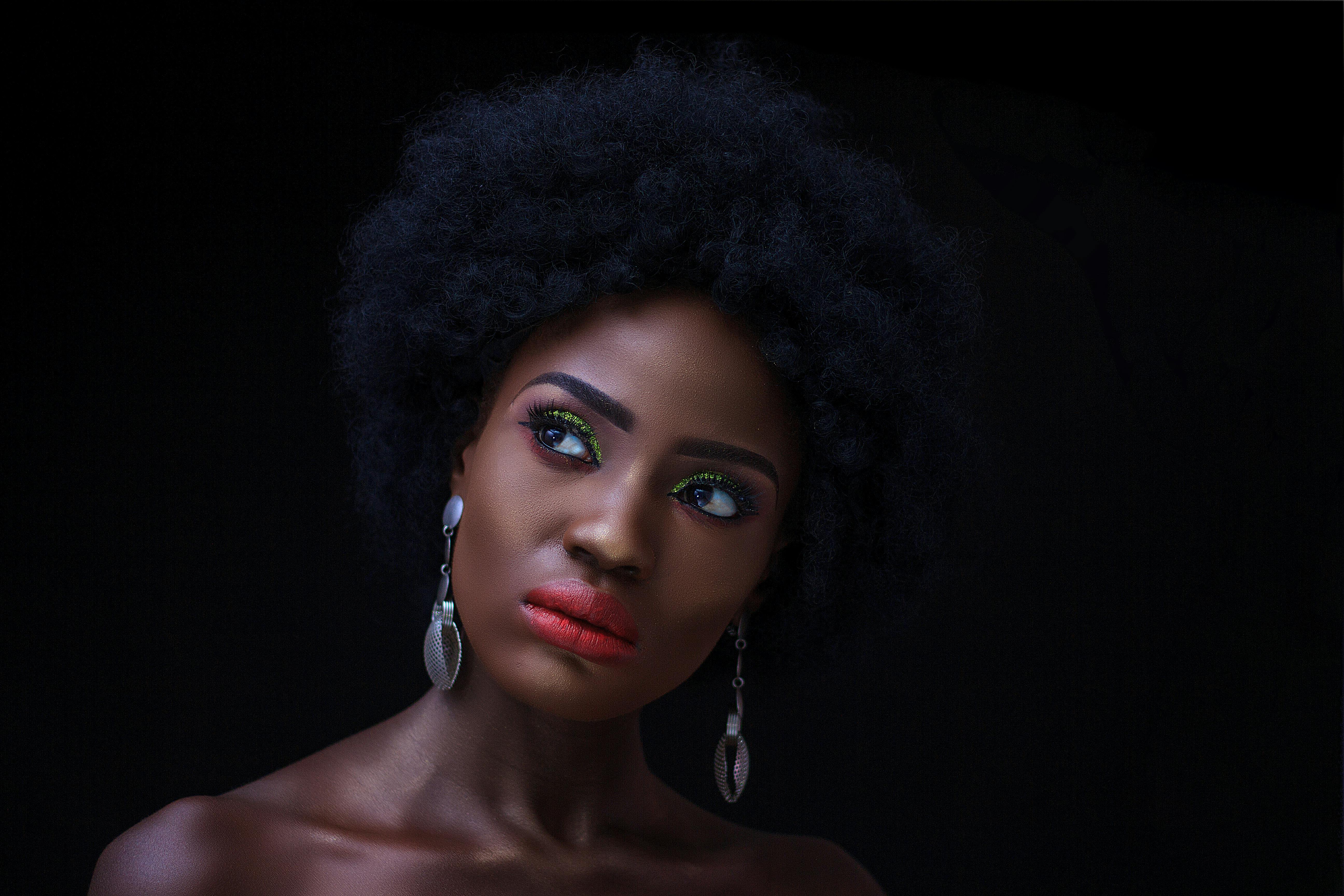The Allure of a Golden Tan: A History of Sun Tanning
The story of how tanned skin became popular and sought after is really interesting and quite recent.
Flip through your history books and you’ll realize that fair skin (the lighter the better!) has always been the holy grail for women everywhere. As far back as ancient Egypt, women used mercury and lead to whiten their skin, with not-so-desirable toxic side effects. In Elizabethan and Victorian England, snow-white skin was still the measure of beauty (“Mirror Mirror on the wall, who is the fairest of all?”) and wealth: only the rich could afford to stay in home and have afternoon tea. , while the workers plowed all day in the fields.
At the beginning of the 20th century, things have changed to a great extent. Much of the working class had left the fields to work long hours in dimly lit factories without ever seeing daylight. Being able to sunbathe was now a luxury only the rich could afford. Better yet, people who were wealthy enough could even show off their wealth on their tanned skin by taking vacations to the south to escape the wintery, sunny months.
Quick tanning became a health fad. It was touted as the new (free!) treatment for numerous ailments, from tuberculosis, eczema, gout, to skin conditions of all kinds. The term: “A healthy tan” naturally caught on. Being tanned was now associated with being in the pink of health.
Then, in 1923, the Golden Tan suddenly became THE look to die for. That year, after sailing from Paris to Cannes, Coco Chanel emerged from the Duke of Wellington’s yacht sporting a deep golden tan. She reported that she had accidentally gotten too much sun, but the media didn’t care. To the world, the first lady of fashion had just declared the ultimate fashion statement. And the Western world followed with fervor and enthusiasm.
Tanning was now in fashion. Women’s magazines featured women with glorious tans. Tanning oils started appearing to help people tan even faster! Bathing suits began to decrease in coverage, piling on the Bikini, which became more widespread in the 1950s. Full tanning was increasingly in demand.
In the 1960s, links were established between skin cancer and UV exposure. Self-tanning products appeared in an attempt to achieve the tanned look without the dangers of UV exposure. Unfortunately, these products, which usually contain dihydroxyacetone (DHA), gave the user an unnatural orange tint and were therefore never very popular. Never mind cancer, looking good was more important!
In the 1970s and 1980s, people were getting busier. Therefore, tanning salons were invented to feed the ever insatiable desire to keep skin tanned even with busy schedules. People could get a tan whether it was day or night now. The tanning business was a billion dollar industry in the 1990s and continues to grow today.
Fortunately, all common sense is not lost. Over the past decade, anti-tanning campaigns and growing awareness of skin cancer have eased the tanning craze somewhat. Light skin is becoming popular again, with A-list celebrities like Nicole Kidman and Cate Blanchett proving that you don’t need a fake tan to glow on the red carpet. Indoor tanning providers have taken the lead and are now working towards a more sensible, responsible and moderate tan.
As a longtime fad, the Golden Tan may well be making its way out. Who knows? A hundred years from now, people may look back and find that desire looks tanned and crisp, a 20th-century idiosyncrasy.



